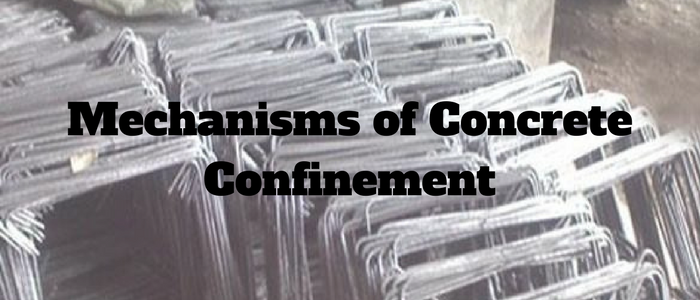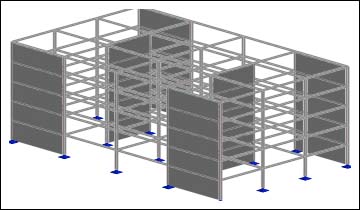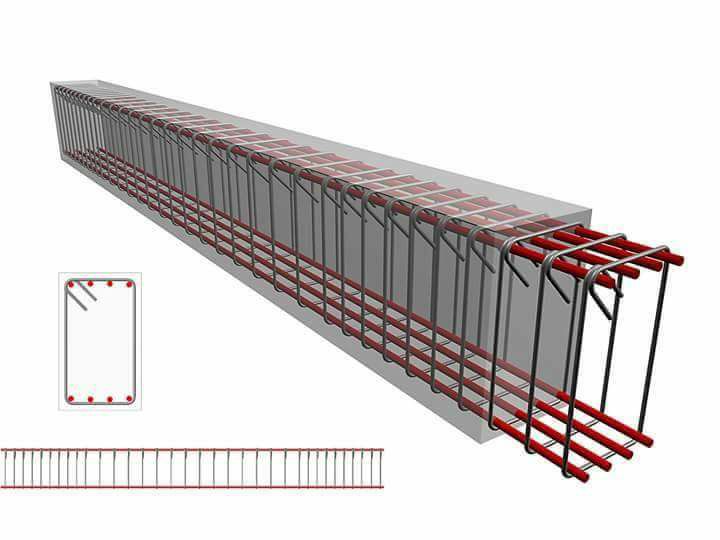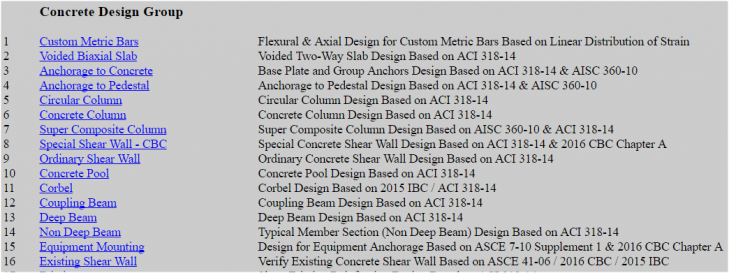Mechanisms of Concrete Confinement Concrete under uniaxial compression tends to expand laterally and the longitudinal strains generated by such loading give rise to transverse tensile strains. which cause vertical cracking and failure in concrete. Lateral
Read moreMechanisms of Concrete Confinement







